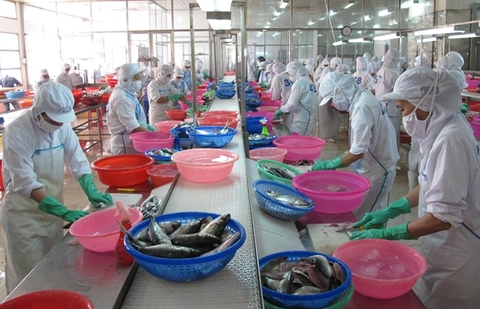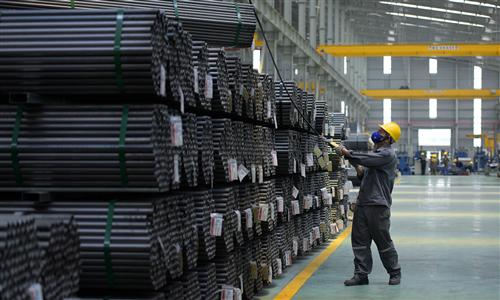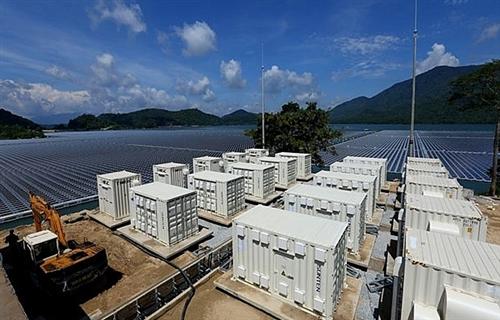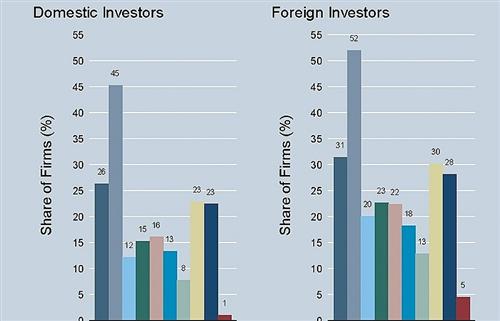Vietnam’s textile and garment companies suffer from JCPenney bankruptcy
Vietnam’s textile and garment companies suffer from JCPenney bankruptcy
Once JCPenney files for bankruptcy, hundreds of textile and garment stores, including those in Vietnam, will have to cease and desist orders.
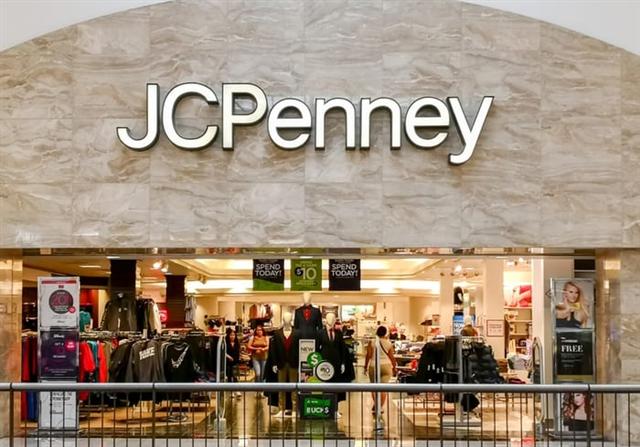
Clothing and home furnishings retailer JCPenney announces bankruptcy after decades of losses
|
Along with the collapse of the retailer, garment and textile companies in Vietnam like Pi Vina Danang Co., Ltd., Vitex Vina Co., Ltd., Habac Export Garment Co., Ltd., and Binh Minh Garment Co., Ltd., will probably be affected.
According to a representative of Vina Danang, all export orders for JCPenney have been halted and they are waiting for a new announcement from Korean leaders.
The closure of retailers is not the only news devastating the textile and garment sector. Since the COVID-19 crisis began at the end of 2019, its impact has been felt across the global fashion, textile and garment supply chain, and is becoming a nightmare for both workers and owners.
A series of brands and customers around the globe are cancelling orders, putting the livelihood of millions of workers and factory owners at risk. This is becoming more frequent as countries take more extreme measures to close borders, limit public movement, and enforce quarantines, adding to the weak demand from the global epidemic.
JCPenney, the iconic department store chain which owns over 846 brick-and-mortar locations across the US, has reached the age of 118 with more than 90,000 workers before declaring bankruptcy.
The company filed for bankruptcy protection in May after prolonged decline over the past 20 years, joining some of the largest retailers to fall during the COVID-19 pandemic. JCPenney is the fourth US retailer to file for bankruptcy just this month. On May 4, clothing retailer J.Crew filed for bankruptcy, followed by a filing from Neiman Marcus and Stage Stores.
COVID-19 pandemic does not constitute a major reason for the filling, but the point is more consumers are shopping online. Moreover, the growth of big box discounters such as Walmart, Target, and Costco, which provide lower prices and a selection of items not found in department stores, such as groceries, overshadow the sector.
In addition, JCPenney has been hit by a decade of bold reform decisions under CEO Ron Johnson. Those mistakes led to executive instability, massive losses, and mounting debt. Since the profitable year of 2010, the company have reached total net losses of $4.5 billion. It has projected that sales at its stores will be down 60-70 per cent during the current fiscal year compared to last year.
Since the start of 2011, JCPenney has closed more than 20 per cent of its stores while cutting more than 40 per cent of its staff.
"Until this pandemic struck, we had made significant progress rebuilding our company," CEO Jill Soltau said on Friday night when the company announced the bankruptcy.
"Implementing this financial restructuring plan through a court-supervised process is the best path to ensure that JCPenney will build on its over 100-year history to serve our customers for decades to come," Soltau said.





